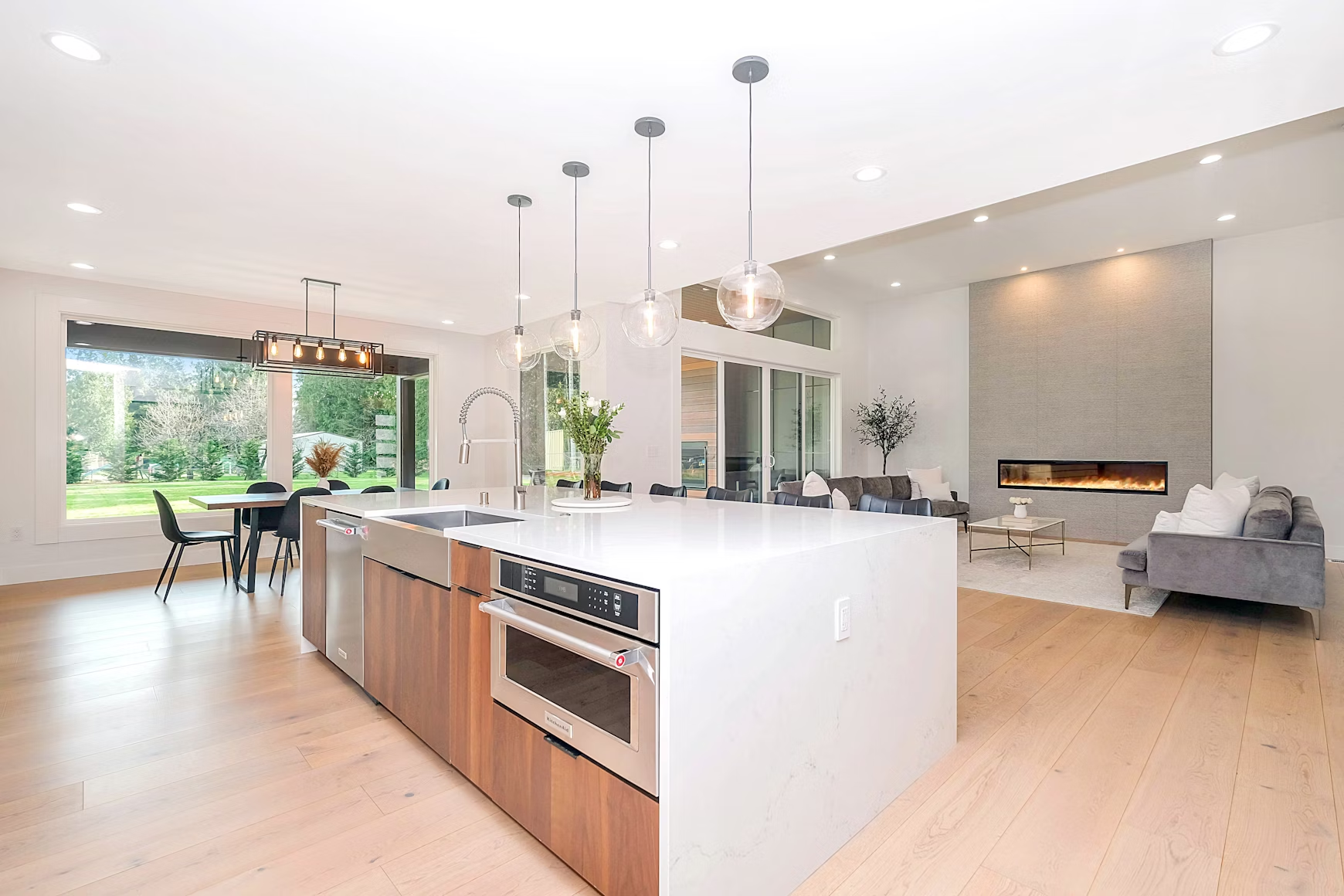European style cabinets have surged in popularity thanks to their sleek lines, functional design, and streamlined aesthetics. Whether you’re a homeowner aiming for a modern makeover, a contractor seeking quality installations, or an interior designer crafting elegant interiors, understanding the best materials is crucial. In this buyer’s guide, we explore top material choices, their pros and cons, and practical advice to help you make informed decisions for your next project.
1. What Sets European Style Cabinets Apart
European style cabinets are recognized for their minimalist face‑frame design, hidden hinges, and customizable interiors. They often feature flat-panel doors, frameless construction, and high-end finishes. This modern approach not only maximizes storage space but also complements contemporary interiors seamlessly.
2. Core Material Options for European Style Cabinets
a) Plywood
Advantages:
- Structural strength: Built from cross‑layered veneers, plywood resists warping and is highly durable.
- Longevity: With proper care, plywood-based cabinets can last multiple decades.
- Cost-effective: Mid-range in price and highly suitable for both homeowners and professionals.
b) Medium-Density Fiberboard (MDF)
Advantages:
- Smooth finish: Ideal for painting and lacquered surfaces due to its uniform texture.
- Warp resistance: Denser than particleboard and better suited for painted European style cabinets.
- Budget-friendly: Offers an accessible entry point without sacrificing visual appeal.
Considerations: MDF is not as moisture-resistant as plywood; enhanced sealing is essential in areas like kitchens and bathrooms.
c) Solid Wood
Advantages:
- Premium appearance: Natural wood grain exudes warmth and luxury.
- Customization: Easily stained or finished in a variety of styles.
- Durable: Some hardwoods can endure for generations.
Considerations: Solid wood is the most expensive option and may expand or contract with humidity, which must be managed carefully in frameless designs.
d) Laminates and Thermofoil
Advantages:
- Variety and durability: High-pressure laminates offer endless colors and patterns, while thermofoil provides a sleek, seamless finish.
- Low maintenance: Resistant to stains, easy to clean, and budget-conscious.
Considerations: Repairs can be difficult if the finish is damaged. Laminates may peel over time if subpar adhesives are used.
e) Veneered Panels
Advantages:
- Natural aesthetic: Veneers deliver real wood textures while mounting on strong substrates like MDF or plywood.
- Value for money: Achieves a high-end look with cost savings compared to solid wood.
Considerations: Quality varies—ensure the veneer is thick and well-sealed to prevent peeling or bubbling.
3. Choosing the Right Material for Your Project
For Homeowners:
- Kitchens: Plywood or high-quality veneered panels provide longevity and moisture resistance.
- Budget remodels: MDF with durable finishes ticks boxes for cost and visual appeal.
For Contractors:
- Opt for materials with strong structural warranties—plywood excels, particularly for high-traffic installations.
- Ensure substrates are compatible with hardware like concealed hinges and soft-close drawer systems.
For Interior Designers:
- Use solid wood or premium veneers for statement cabinetry in formal or luxury spaces.
- Laminate and thermofoil offer versatility and swift installation for minimalist, contemporary projects.
4. Sustainability and Eco-Friendliness
Many European-style cabinet manufacturers now include eco-conscious materials such as:
- Formaldehyde-free MDF
- FSC-certified plywood
- Low-VOC water-based finishes
If sustainability matters to your clientele or buyers, highlight ethically sourced materials and eco-friendly finishes that align with modern green building standards.
5. Long-Term Care & Maintenance
All materials benefit from proper care. Here are tips tailored to European style cabinet finishes:
- Plywood/MDF: Wipe with a slightly damp microfiber cloth, dry immediately, and avoid abrasive cleaners.
- Solid Wood: Periodic polishing or waxing helps maintain luster and moisture balance.
- Laminates/Thermofoil: Use mild soap solutions and avoid harsh solvents or excessive heat.
- Veneers: Dust regularly and avoid strong chemicals. Minor scratches can often be touched up with wood finish markers.
6. Final Buying Checklist
Before committing, assess these key considerations:
- Usage environment: Humid zones call for plywood or treated materials.
- Aesthetic goals: Decide between painted, natural wood, or high-gloss finishes.
- Budget vs. Durability: Balance cost and material performance.
- Hardware compatibility: Frameless design relies on robust substrates.
- Sustainability: Give weight to eco-certifications and green materials.
Conclusion
Choosing the right materials for your European style cabinets is more than a design decision—it’s an investment in functionality, longevity, and aesthetic harmony. Each material, whether it’s the strength of plywood, the affordability of MDF, or the luxury of solid wood and veneers, brings unique benefits to suit different project needs and budgets. By understanding these options, homeowners, contractors, and designers alike can make informed choices that align with both style and practicality.
For a seamless, professional experience from start to finish, look no further than OPPOLIA Home. With a full suite of whole-house solutions and a reputation for precision and elegance, OPPOLIA is the go-to source for high-quality european style cabinets. Visit us today to explore our offerings and get your free quote. Let OPPOLIA be your trusted partner in transforming your space with timeless European craftsmanship.
